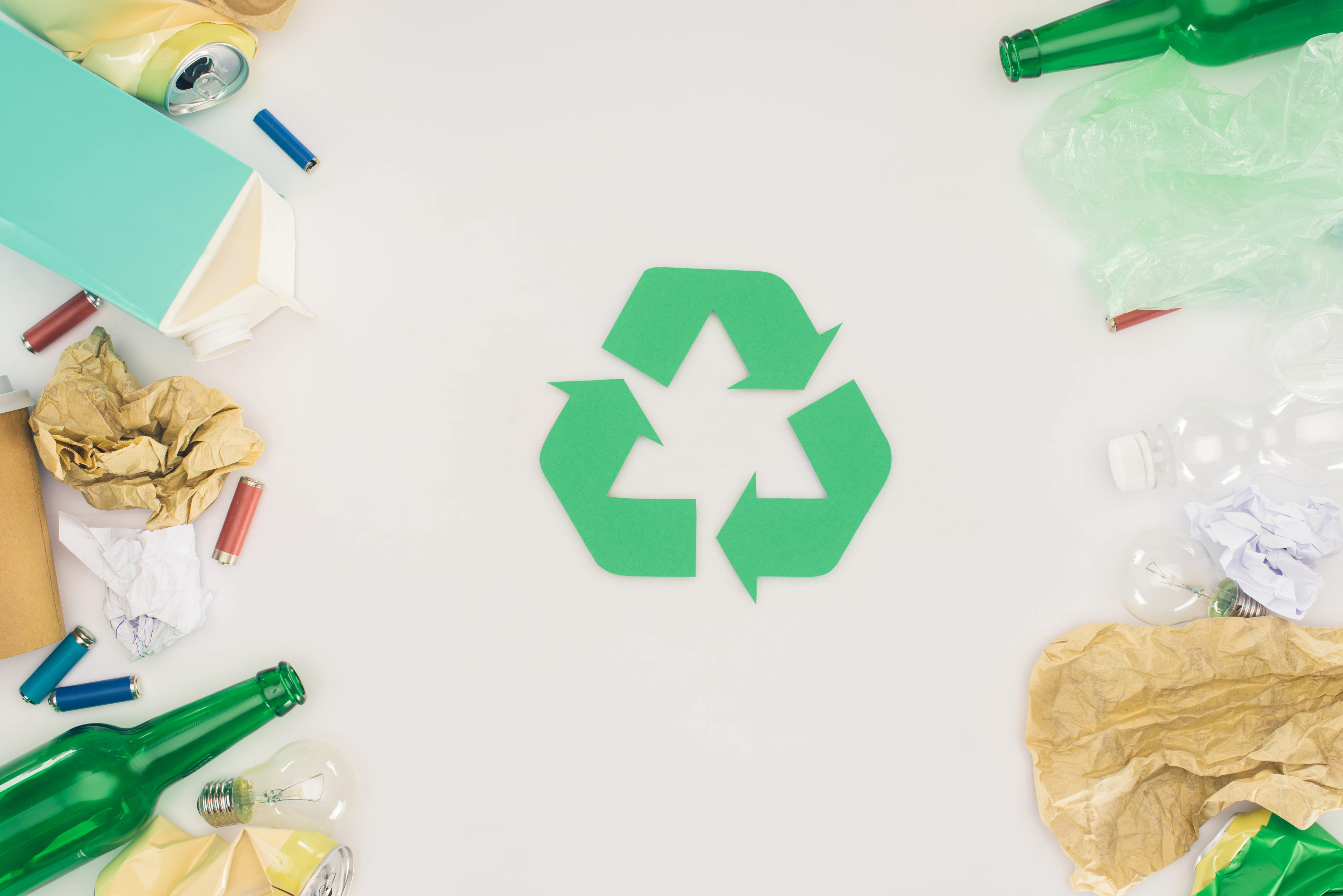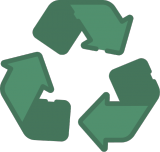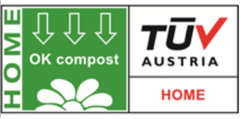The likelihood of recycling
Posted: 27 January 2022

How to increase the likelihood of recycling in your new packaging
We’ve shown you the truth about recycling and how a frighteningly large percentage of plastic in the world is not being recycled. But what about the fraction that is being recycled? What about paper recycling? While we of course want to change the system and promote more recycling of current and new materials, we cannot ignore what the current situation looks like. Until it changes, choosing products that have the highest chance of entering the right waste streams is perhaps the next best thing. Not everything will be recycled in today’s systems, so what should you look for in packaging to increase the likelihood? These are some of our suggestions:
Material mix
One important aspect to look at when choosing packaging meant for recycling is to see how many different materials are being used. We do not mean the physical amount, or weight, of materials, but the types. Imagine that a paper box using a plastic film and aluminum lining inside, gets sent to the recycling factory. First of all, which factory does it even get sent to? All three materials can technically be recycled, but one plant will most likely not have the equipment or infrastructure to be able to take care of all three materials. Secondly, the cost of having to recycle the materials from each other would be too high for any recycling facility to consider the packaging. To then also have to send the other two materials to facilities that can recycle them adds costs that usually outweigh what they can sell the recycled material for. A way to solve this is of course to design the box with only one type of material (a monomaterial), so 100% cardboard, plastic, or aluminum, but sometimes packaging requires more than one material to meet a certain functional requirement. In that case, the separation of the materials should be made simple, to the point where the consumer can separate it before they throw it away.
Take away: Look for packaging that uses as few different materials as possible, preferably only one. If more than one material must be used, find ones where they can be easily separated and sorted by the consumer.
Labelling
Speaking of making it easy for the consumer, another aspect that we think is important is for packaging to have clear labelling. The waste management system is often very complex, with intricate logistics and infrastructure required to make it run smoothly. For example, when the waste is picked up from the curbside it is sometimes color coded or separated in bins and then sent to the appropriate facility, where sorting and treatment occurs. The sorting colors and streams naturally differ between different countries but in some cases even between different municipalities. These waste systems might not be all as efficient everywhere in the world, but most work in similar ways. However, there is one aspect of it that is out of the waste management systems control, and that is the consumer. Looking at where most of the waste is generated and initially sorted, it happens with the consumer when they decide to throw away their trash in one of the bins. But what if the wrong trash gets thrown in the bin? What if a plastic bottle is placed with cardboard? The management system often relies on the consumer to sort their trash correctly, which in turn can help keep the system effective and reliant. Clear labeling, either as some sort of indication on what type of materials the package is made of, or even better, as an indication of where to throw away the packaging, can ensure that consumers do their part in making sure that waste gets to where it should go. Some common examples [link to the common labels article] can be the mobius loop indicating that a product can be recycled, or the OK compost home, meaning that a product can be put in a home compost.
Take away: Look for packaging that has clear labelling, or instructions, on how to separate the materials or where to dispose of it. If there is none, consider placing this label on the package yourself before it gets to your customers.

The mobius loop

OK Compost home
Printing & ink
Another characteristic to think about is the printing and ink used on the packaging. Often you will find packaging that uses elaborate colors, textures, and logos, which is a great way to make the packaging represent the brand and appeal to the buyers. We love a beautifully designed box as much as the next company, but there is more to think about than just how the box looks. These inks, when fed into the recycling process need to be removed using a process called de-inking (which can be done several ways), so as not to contaminate and mix into the new recycled material. Pigment-based inks use small color particles suspended in liquid, while dye-based inks consist of dye that is dissolved in water2. Dye-based are harder to remove using the most common technique, flotation. Instead, bleaching is often required, which takes a higher toll on the environment3. Following the European Printing and Ink Association recommendations, as little ink as possible should be used, limiting the share of ink to less than 5% of the total weight of the packaging, and lighter shades of ink is preferred4. Additionally, using plant-based inks can be preferable to petroleum-based, as they are made from renewable sources, however the recycling process is not very much affected by this choice.
Important to mention too is the use of glue. Just like ink, glue is commonly used to give packaging sturdy and necessary characteristics, and just like ink, glue can also cause some issues during recycling. Ideally, non-toxic glue that dissolves in water is to be preferred, as it will simply degrade during the recycling process. Even better, as little adhesive as possible should be used, meaning no excessive glue or tape.
Take away: Look for packaging with simple prints, and if available, pigment and/or plant-based ink. If you are customizing your packaging, try to maybe be conservative with the printing to use less ink. Besides, sometimes less is more! Check to see if the glue is non-toxic and water soluble.

Material choice
Last but not least, is of course the choice of material. This is a slightly harder one to motivate, but as mentioned in the introduction, sometimes doing the best for the environment also means being realistic with what can actually be done. Looking at the recycling rates of different materials in the EU, it is not all that bleak. In 2018, the average recycling rate of all municipal packaging waste was 65.7% (paper and cardboard 82.9%; metallic packaging 80%; glass packaging 74.7%; plastic 41.8%; wooden packaging 34.6%)6. These rates, while only for the EU, are not terribly low. But the catch here is that these are the conventional materials used for packaging, the infrastructure and technology to recycle them is more widespread. What about the new and innovative materials that are reaching the market, such as bio-based plastics and alternative paper products? According to European Bioplastics, some bio-based plastics can be recycled if they have the same structure as their petroleum-based counterparts7. Even the more unique materials can theoretically be recycled, with research and development underway to achieve this, but until these materials become commercially widespread, recycling rates will remain close to zero as they are just not economically worth recycling.
Take away: We do not recommend against buying any bio-based plastics or alternative material packaging, in fact, the more popular these products become, the more likely it is that they will be recycled sooner. However, if you’re strictly out to find packaging that is likely to be recycled, stick to most common ones such as paper or cardboard which can be recycled in existing recycling streams.